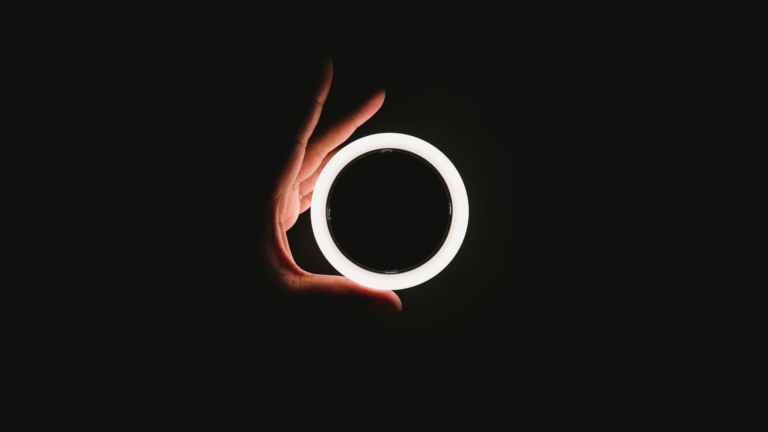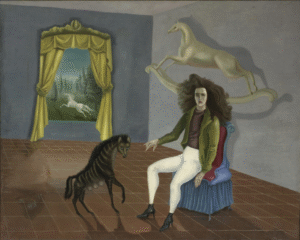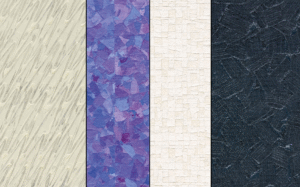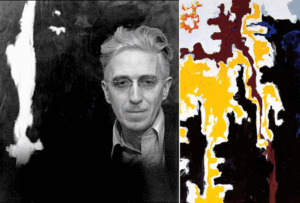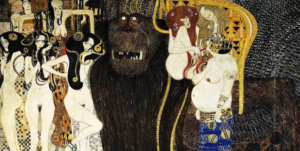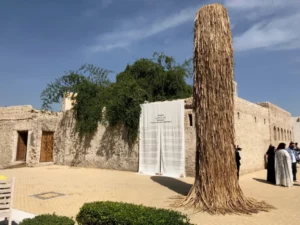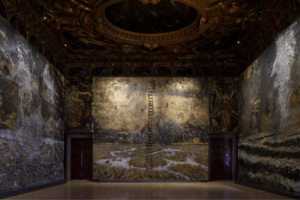The digital era has changed the art world forever for the better with new mediums, increased access to audiences, and innovative platforms for art transactions. But with the good comes the bad. Indeed, the internet has given artists and art enthusiasts around the world more access to the art marketplace, art communities, art education, and modern tools for digital creation. Unfortunately, art forgers and those who sell them have been quick to pounce on the opportunities that the digital realm provides for their nefarious activities.
Fakes and reproductions have long seeped their way into the art market. As an artist and not a collector, you may think that unsuspecting buyers ending up with fakes are not your concern. But what if you someday find that someone is claiming your work as their original work? And worse, what if that person not only takes ownership of your art but also makes money from its sale?
Now, more than ever, emerging artists need to protect themselves from fraudsters and forgers – making the process of authenticating your art essential. Authenticating art can help you avoid being a victim. Here’s everything you need to know about art authentication and how you can protect yourself in the digital age.
What is Authentication in Art?
Collectors seek assurance that the work that they’re about to acquire is genuinely the original work of the artist because establishing authenticity adds value and collectible significance to the piece. Therefore, authenticating art before a purchase is a crucial process in any art transaction. Authenticating artwork is also known as provenance, the documentation that outlines a particular art piece’s creator and history. A signed certificate of authenticity is one of the most common forms of provenance. The documentation authenticating authenticity includes the work’s title, date it was made, mediums, dimensions, and appraisal value.
In the modern art marketplace, the concept of authenticity has also evolved along with the rise of the digital channels. Historically, the reputation of a gallery was enough to establish authenticity. Today, authenticity revolves as much around concepts of originality, true ownership, and potential legal implications related to copyrighted material and plagiarism. Therefore, the principles of authenticity in art are interpreted and approached depending on whether you are an art buyer or an artist. After all, art fakes, counterfeits, reproductions, and art thefts affect art collectors and artists differently.
For the art buyer swindled by falsified and fake provenance, the implications are mostly monetary in nature as they now own artwork of questionable value. But for the artist, fraudulent art and unscrupulous sellers can lead to the damaging of your reputation and the demise of your career. Failing to authenticate your art can leave you struggling to prove your work has been copied, sold, or repurposed without your permission.

How to Authenticate Art
For the art buyer, securing legitimacy would require the opinions and decisions of professional appraisers and consultants. For artists, authenticating work involves a consistent and dedicated process that can help prevent you from becoming a victim or the devaluation of your work. Here are ways to authenticate your art:
Create a handwritten signature. Create a handwritten signature different from the signature you use to sign legal documents. Whether you use your initials or full name, best practice would be to make the signature legible. Think of your signature as a brand logo that makes your artwork recognizable as yours. And writing or painting it by hand will make it harder for forgers to replicate.
Be consistent about signing your work. Sign all your work upon completion, preferably before the paint dries. By doing this, you’re essentially embedding the signature into the work. Use the same medium as the art so it doesn’t look like the signature was added later by someone else. Be consistent about placement of your signature so that people know where to look when verifying that the work is yours.
Create a certificate of authenticity (COA) system. COAs for your artwork may be handled by your agent, a publisher, gallery owner, art dealer, or anyone who represents you as an artist. As the artist, you can create certificates of authenticity yourself. The following are the basic elements you should include in your COAs:
- Artist name
- Title of work
- Photo of artwork
- Date of completion
- Medium
- Dimensions
- Artwork description
- Statement of authenticity
- Signature
For added measure, some artists may have the document certified by a licensed public officer whose signature and seal establishes the authenticity of your signature on the COA. Essentially, getting a COA notarized is like swearing under oath in a court of law that the details contained in the document are facts. It’s important to mention that there are a lot of both real and fake COAs out there. And keeping a paper copy of each COA may not be enough. For another layer of protection, you may consider posting your work’s COA alongside an image of the work on a reliable online platform or site dedicated to art cataloging. These platforms can help you establish a timeline and history for each of your pieces, essentially giving your work its own digital footprint.
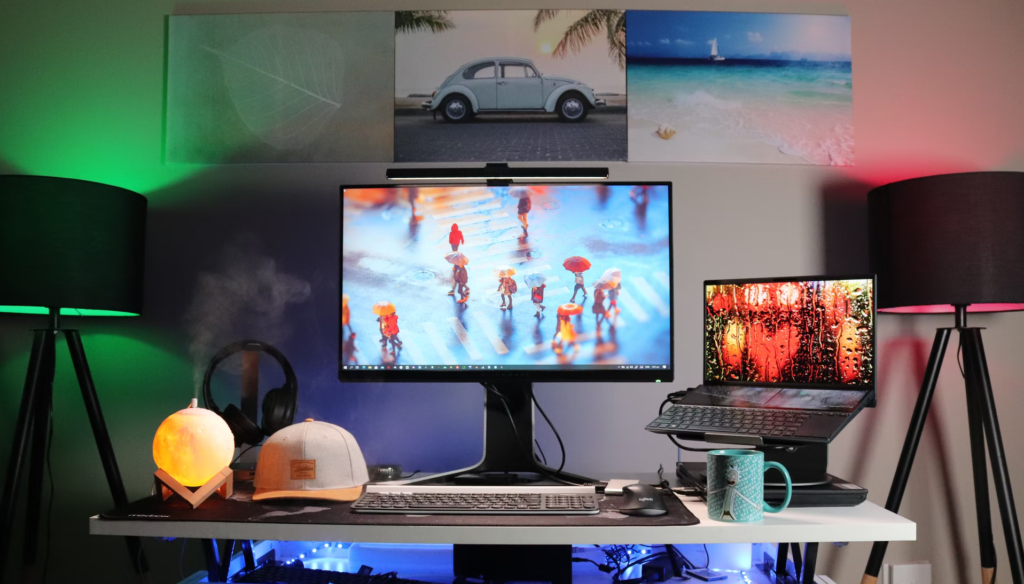
Best Practice for Establishing Authenticity and Ownership
Beyond ensuring that each of your works have your signature, there are certain practices that can help you establish the art as your original work, such as:
Documenting your process. Taking photos and videos throughout the stages of creation helps establish a timeline. This way, you can claim ownership of your unique concept from the start. If someone later comes to claim that they came up with the idea first, they may try to settle the conflict by comparing their work with your work’s date of completion. But what if you started creating the piece months or even years earlier? Therefore, you may even consider posting your photos and videos of your process on a public platform, which have visible timestamps that can prove who came up with the idea first. It also shows the world that you created the work with your own hands.
Avoiding digital art theft. As a contemporary artist, it’s unlikely that you don’t have some form of social presence. To tap into a global audience of fans and potential buyers, they need to find you online. Unfortunately, online spaces are also where many of today’s art-related crimes are taking place. Anyone who follows your presumably public social media account can take a screenshot of your work and post it on their own account and claim it’s theirs.
Yes, art theft no longer only refers to stealing an actual painting from a museum. Protect yourself from the many forms of digital art theft, which may hurt you later if you haven’t been proactive and consistent about authenticating your work. Best practices for preventing your artwork from being stolen online include using watermarks on all your images and adding a copyright notice in your captions. Never upload high resolution versions of your work on platforms where people can right-click and save the image or take a screenshot.

Cataloging your inventory. Maintain a record of all the art you create. The documentation should include the works’ details such as timelines, date of completion, measurements, medium, and other personal notes. And if you’ve sold any of your pieces, your art archive should include who it was sold to and the date of the sale.
ARTDEX provides artists with an innovative platform for documenting, cataloging, and archiving artwork and portfolios. Not only does ARTDEX give you a space that helps authenticate ownership of your work, but it also connects you to a global art community and gives you an online venue to build awareness around your art.
Final Words: Is Authentication Worth It?
Authenticating art is worth it for any artist that wants to build a recognizable brand and protect their reputation and livelihood. Understandably, the prevalence of digital art theft, fakes, forgeries, art scams, fraudulent art sales, and falsified certificates of authenticity can be discouraging. However, your art is worth defending. While art thieves, plagiarists, and scammers continue to evolve as quickly as technology does, artists should do what they do best when it comes to authenticating and protecting their work – think creatively.

